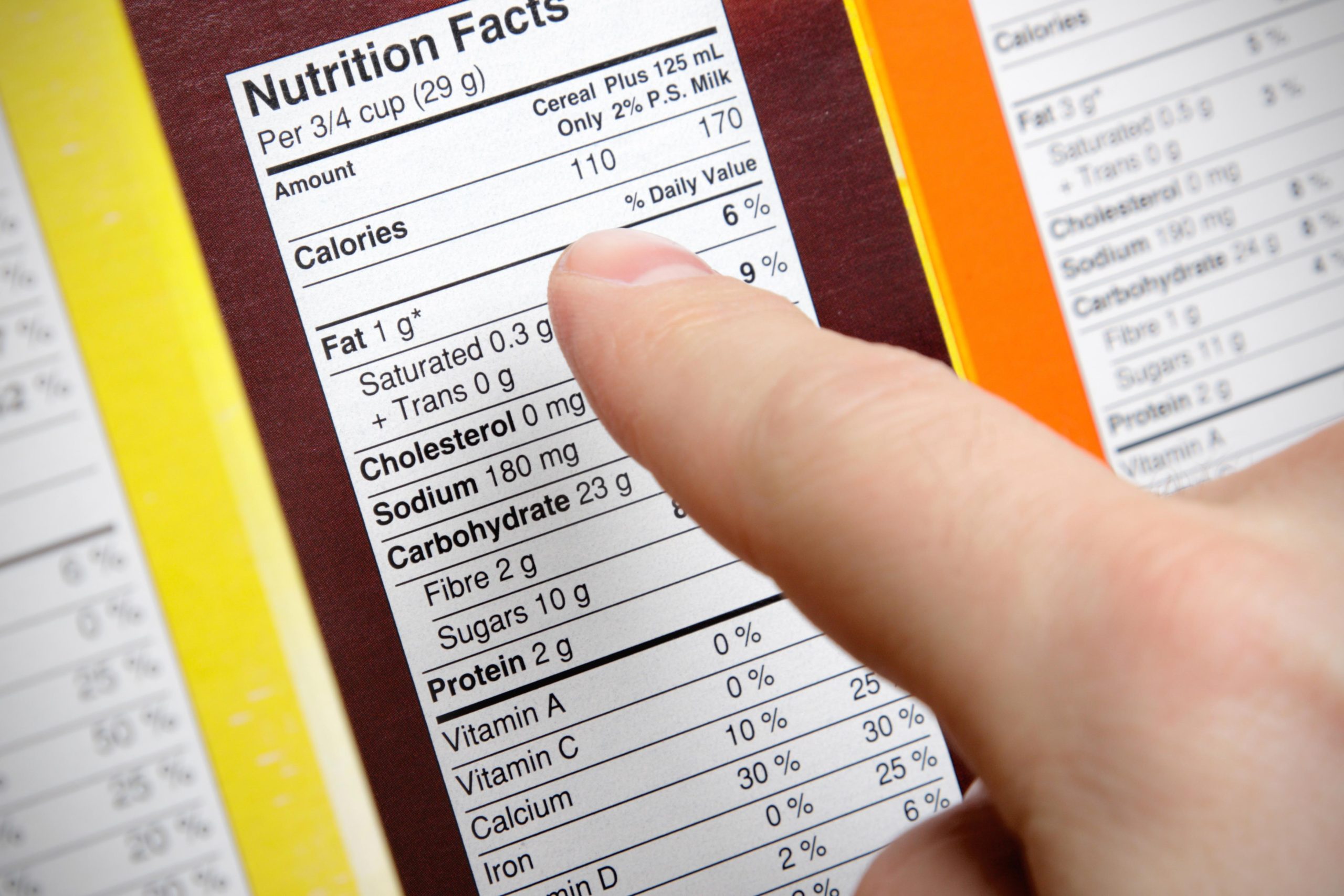novellainstitute – Navigating the grocery store can feel overwhelming, especially with the myriad of food options available. One of the most powerful tools at your disposal is the food label. Understanding how to read and interpret these labels can help you make healthier choices that align with your dietary goals. Here’s a breakdown of the key components of food labels and tips on how to use them effectively.
1. Nutrition Facts Panel
The Nutrition Facts panel is a standardized section found on most packaged foods. It provides vital information about the nutritional content of the product. Here’s what to look for:
- Serving Size: This indicates the amount of food that is considered one serving. It’s crucial to pay attention to this, as all the nutritional values that follow are based on this quantity. Be mindful of how many servings are in the package if you plan to consume more than one.
- Calories: This tells you the amount of energy you’ll get from one serving. If you’re watching your caloric intake, this number is essential.
- Nutrients: Key nutrients are listed, including total fat, cholesterol, sodium, carbohydrates, dietary fiber, sugars, and protein. Look for:
- Fats: Aim for products low in saturated and trans fats.
- Sodium: High sodium intake can lead to health issues; try to choose lower-sodium options.
- Sugars: Check both added sugars and total sugars to avoid excess sweetness in your diet.
- Vitamins and Minerals: Labels often highlight essential nutrients such as Vitamin D, calcium, iron, and potassium. These can help you ensure you’re getting necessary vitamins and minerals.
2. Percent Daily Values (%DV)
The %DV indicates how much a nutrient in a serving contributes to a daily diet, based on a 2,000-calorie daily intake. A general rule of thumb is:
- 5% DV or less is considered low.
- 20% DV or more is considered high.
Using %DV can help you quickly assess whether a food is a good source of a nutrient. For instance, if you’re looking to boost your calcium intake, aim for foods with higher %DV for calcium.
3. Ingredients List
The ingredients list shows all the components that make up the product, listed in descending order by weight. Here’s how to interpret it:
- Whole Ingredients First: Look for whole foods (like whole grains, fruits, vegetables) listed at the beginning of the list. The closer to the top an ingredient is, the more of it is present in the product.
- Avoid Additives: Be cautious of items that contain long lists of unrecognizable ingredients or artificial additives. The simpler the ingredient list, the better.
4. Health Claims and Labels
Many products come with health claims, such as “low-fat,” “sugar-free,” or “high in fiber.” While these can be helpful, it’s essential to understand what they mean:
- Regulated Claims: The FDA regulates certain claims, like “low-fat” or “high fiber,” which must meet specific criteria.
- Watch for Misleading Terms: Terms like “natural” or “made with whole grains” can be misleading. Always check the Nutrition Facts panel and ingredient list for more clarity.
5. Special Dietary Needs
For those with dietary restrictions, labels are crucial. Look for:
- Allergen Information: Common allergens (like nuts, dairy, gluten) are typically highlighted in a separate section, helping you identify potential allergens quickly.
- Nutritional Claims: If you have specific dietary needs (e.g., low sodium, gluten-free), look for certifications or claims that meet those requirements.
Conclusion
Understanding food labels is an essential skill for making informed dietary choices. By familiarizing yourself with the Nutrition Facts panel, the ingredients list, and the various claims made on food packaging, you can navigate your grocery shopping with confidence. Remember, knowledge is power—empower yourself to choose foods that support your health and wellness goals!





